Planning the Future of the Past at Lincoln University
Read about how the first HBCU in the United States is investing in its future with a plan that helps the university honor the past while addressing contemporary needs
 Sasaki
Sasaki
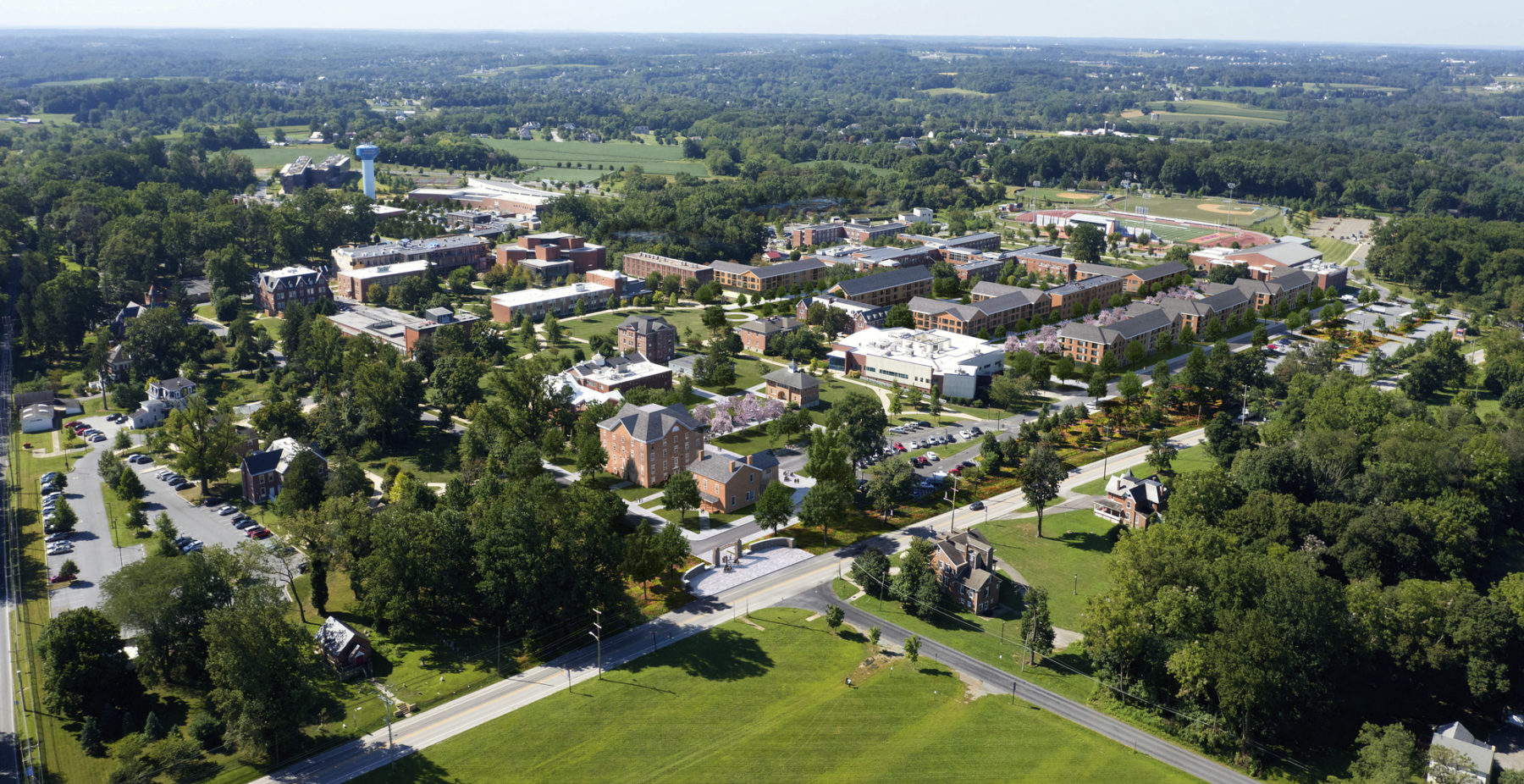
The Lincoln University Master Plan provides a preservation and stabilization strategy for the institution’s historic buildings and sets out a vision for future campus housing
Established in 1853, Lincoln University is the first degree-granting HBCU in the United States and one of three founded prior to the Civil War. In its formative years, 1854 to 1934, Lincoln’s graduates included Thurgood Marshall, the first African-American Justice of the Supreme Court, and Langston Hughes, the acclaimed poet and writer. During this period, Lincoln also built a campus defined by buildings of historical, cultural and architectural significance—buildings that are now in need of restoration. In 2018, the University selected Sasaki and Preservation Design Partnership to “plan the future of the past”.
Located in Chester County, Pennsylvania, Lincoln occupies a campus shaped by academic and residential buildings representative of the architectural styles prevalent from 1850 to 1930 as well as the work of Philadelphia-based architectural firms of the day. In particular, the firm of Sloan and Hutton who designed buildings at Lincoln, Swarthmore, Bryn Mawr, and Haverford Colleges.
Today, several of Lincoln’s historic buildings are in a state of disrepair. Reversing this decline is the focus of the President’s strategic initiative to “Tell the Lincoln Story.” By acknowledging the historical significance of the campus and its contributing buildings, the goal is to elevate the regional and national importance of the institution. The master plan supports this goal by providing a stabilization and reuse strategy for the historic buildings while responding to the mission and strategic plan of the university.
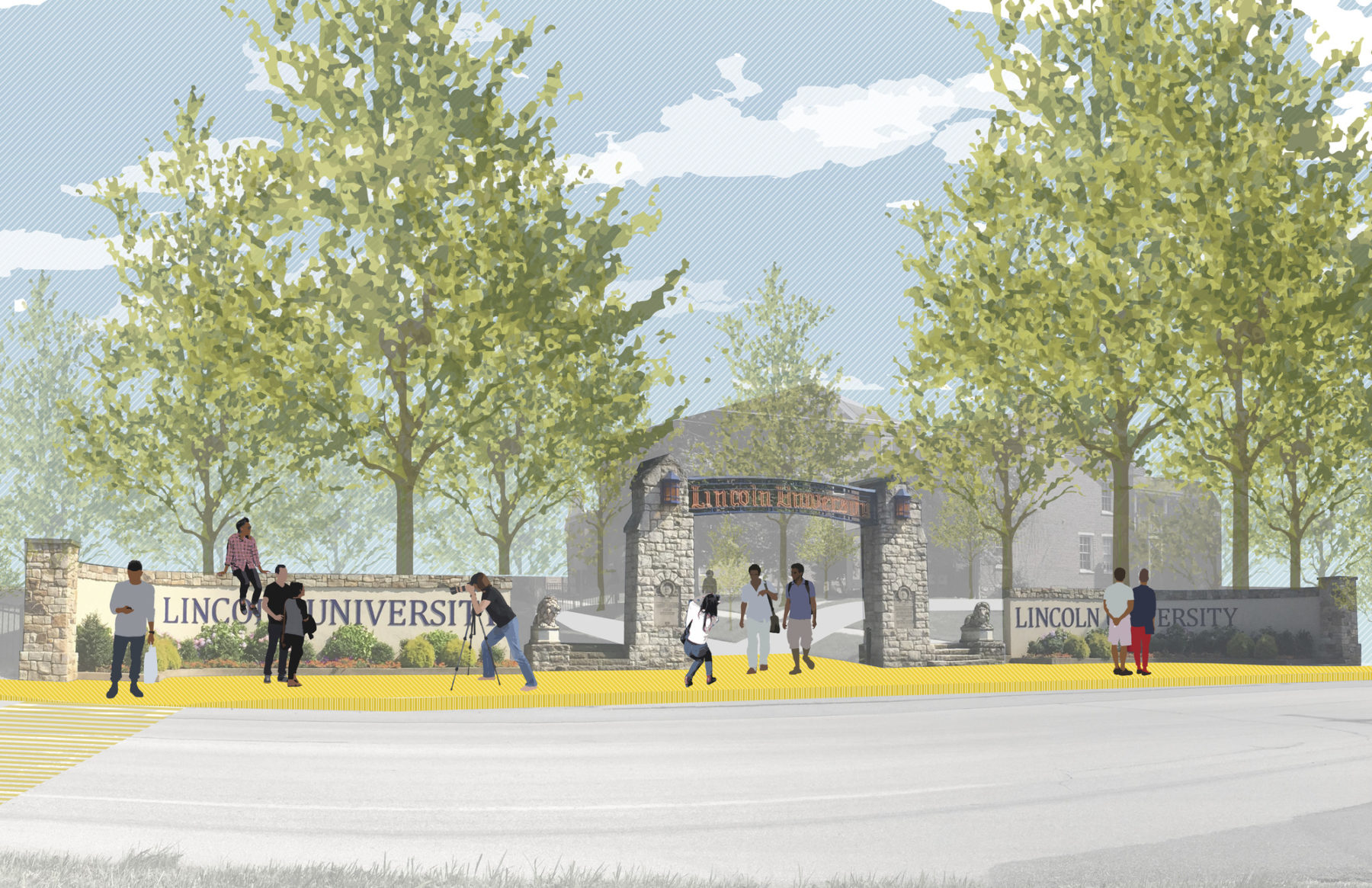
The Alumni Memorial Arch, an “icon” of the campus since 1922, defines the gateway to the Lincoln University Historic District
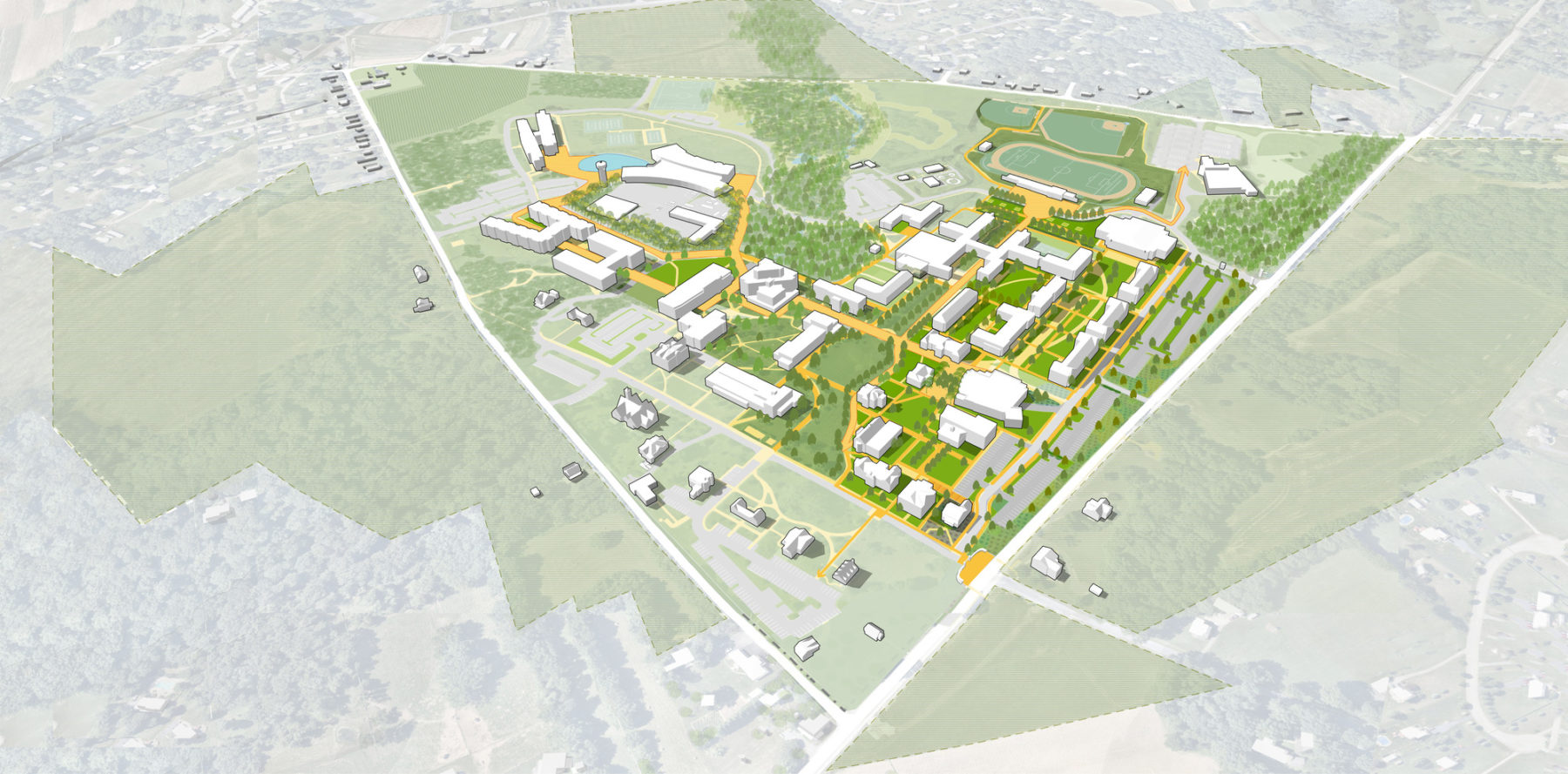
The landscape framework preserves and enhances memorable open spaces and extends the qualities of these spaces to new campus districts
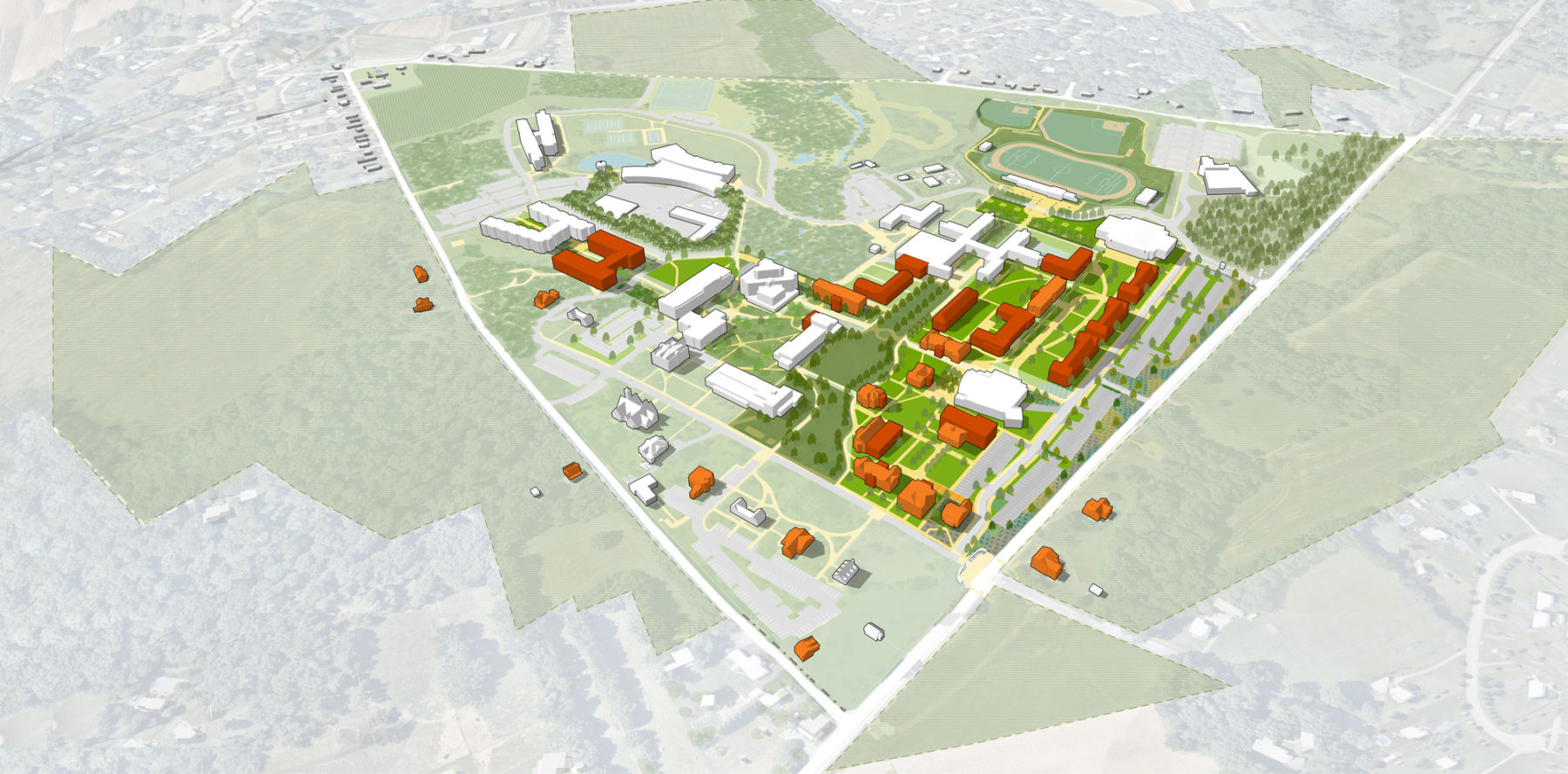
The master plan integrates new facilities in the context of the historic buildings and landscapes of the campus
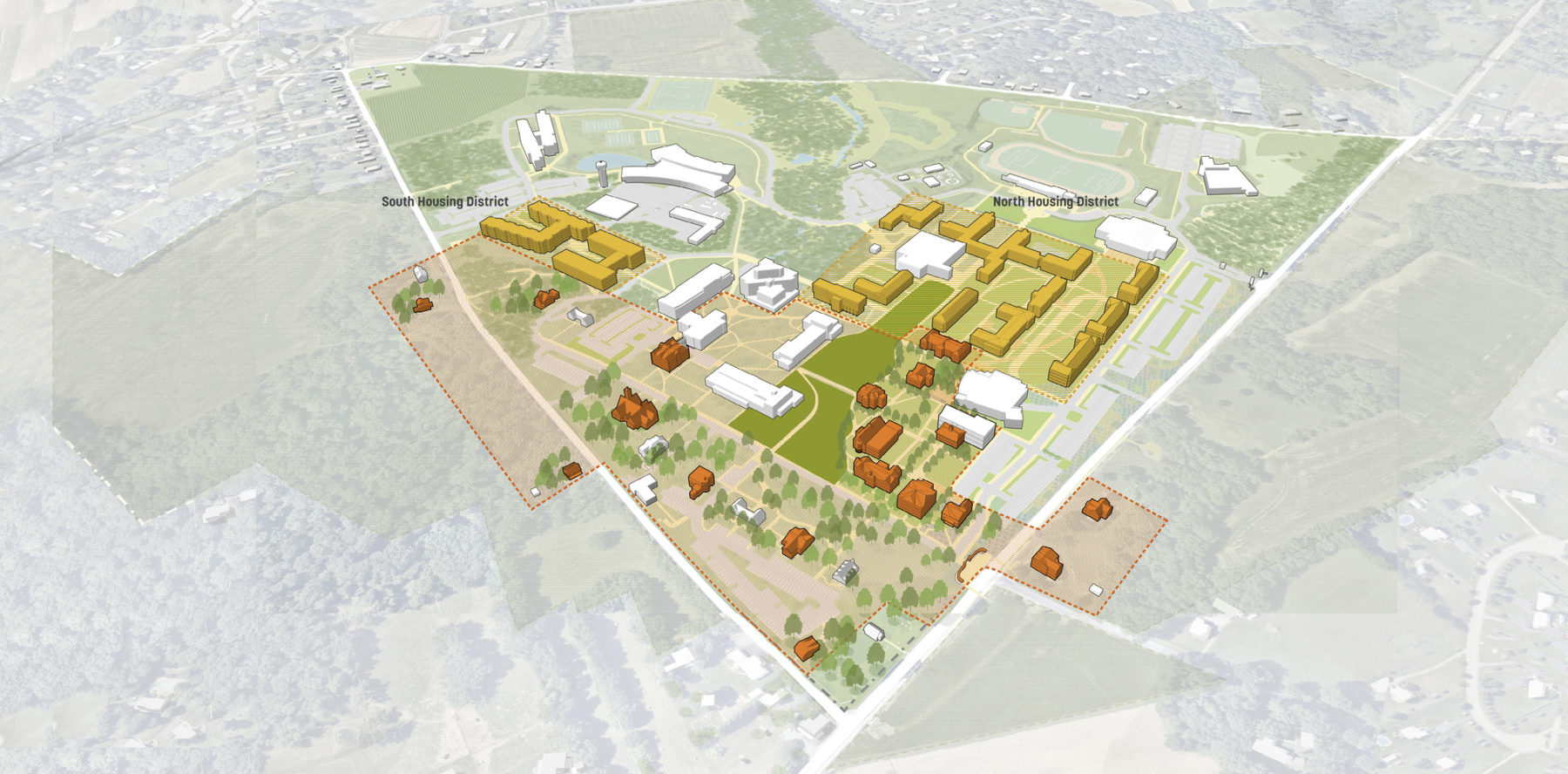
A comprehensive housing and renovation strategy addresses existing demand and accommodates planned growth
Several big ideas inform the recommendations of the plan:
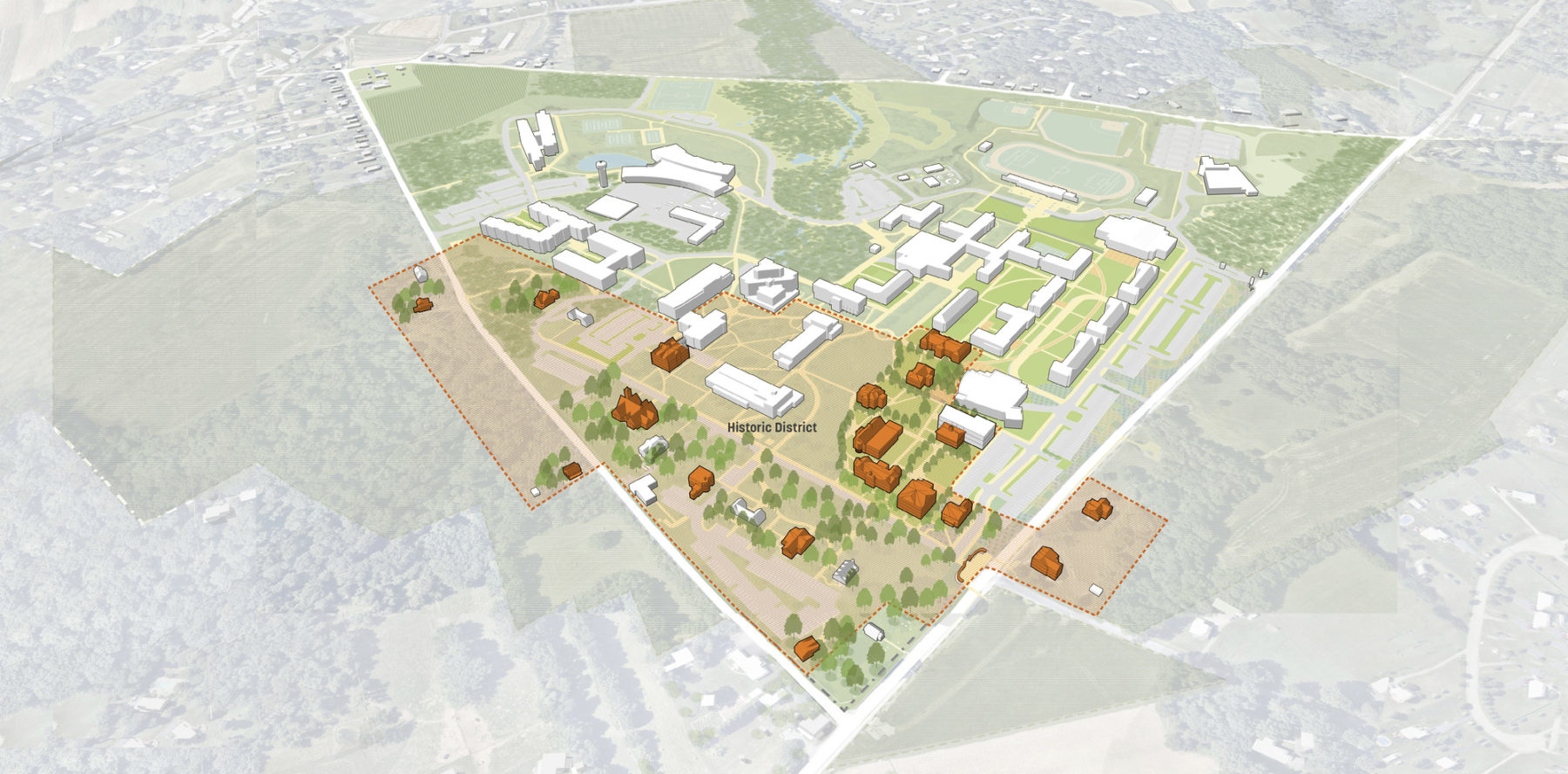
Restore Lincoln’s history: Designation of a historic district coupled with renovation and programmatic recommendations ensures the future of the contributing historic buildings
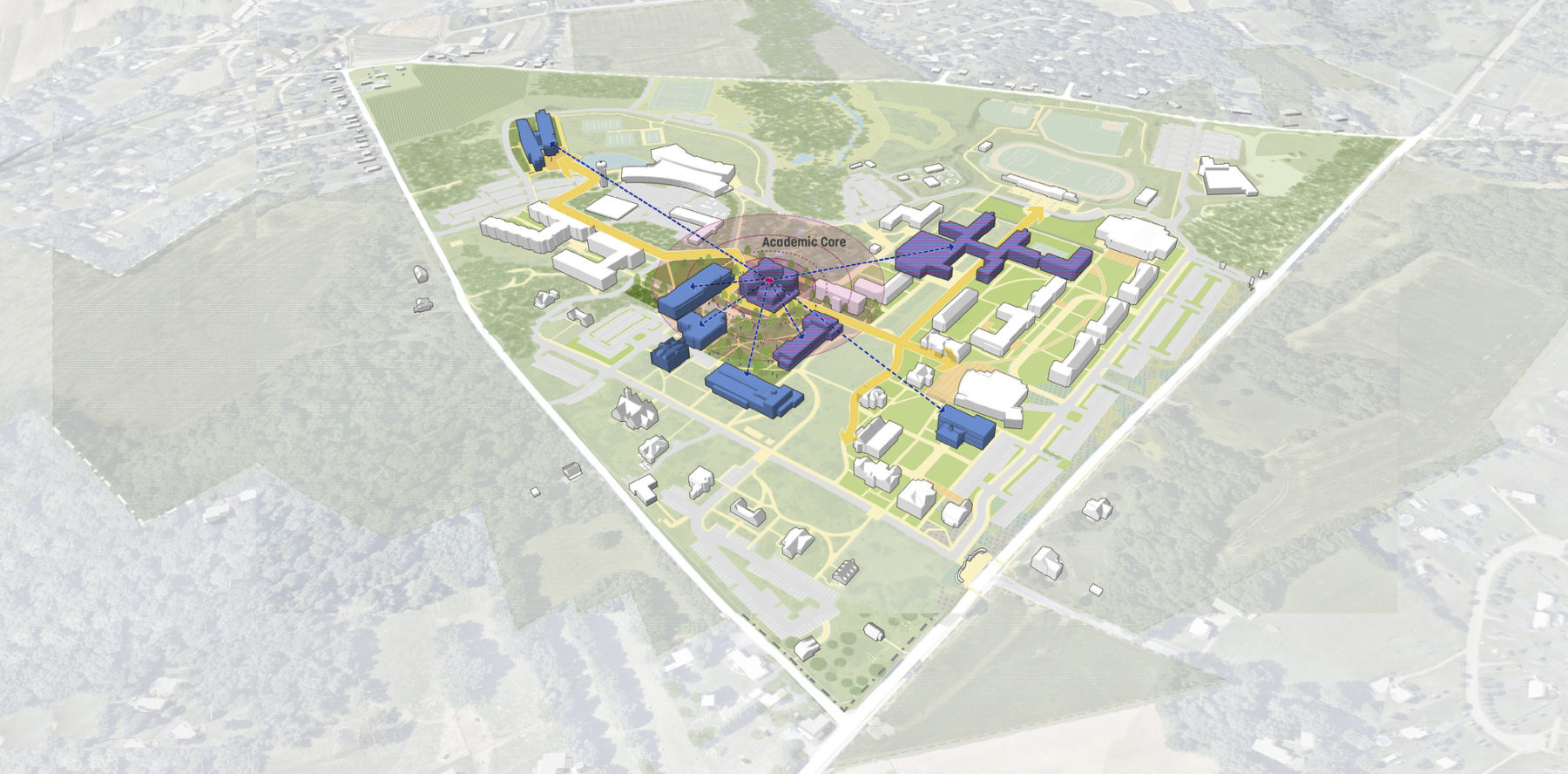
Enhance academic quality: Investment in learning environments and technology supports student success and engagement goals
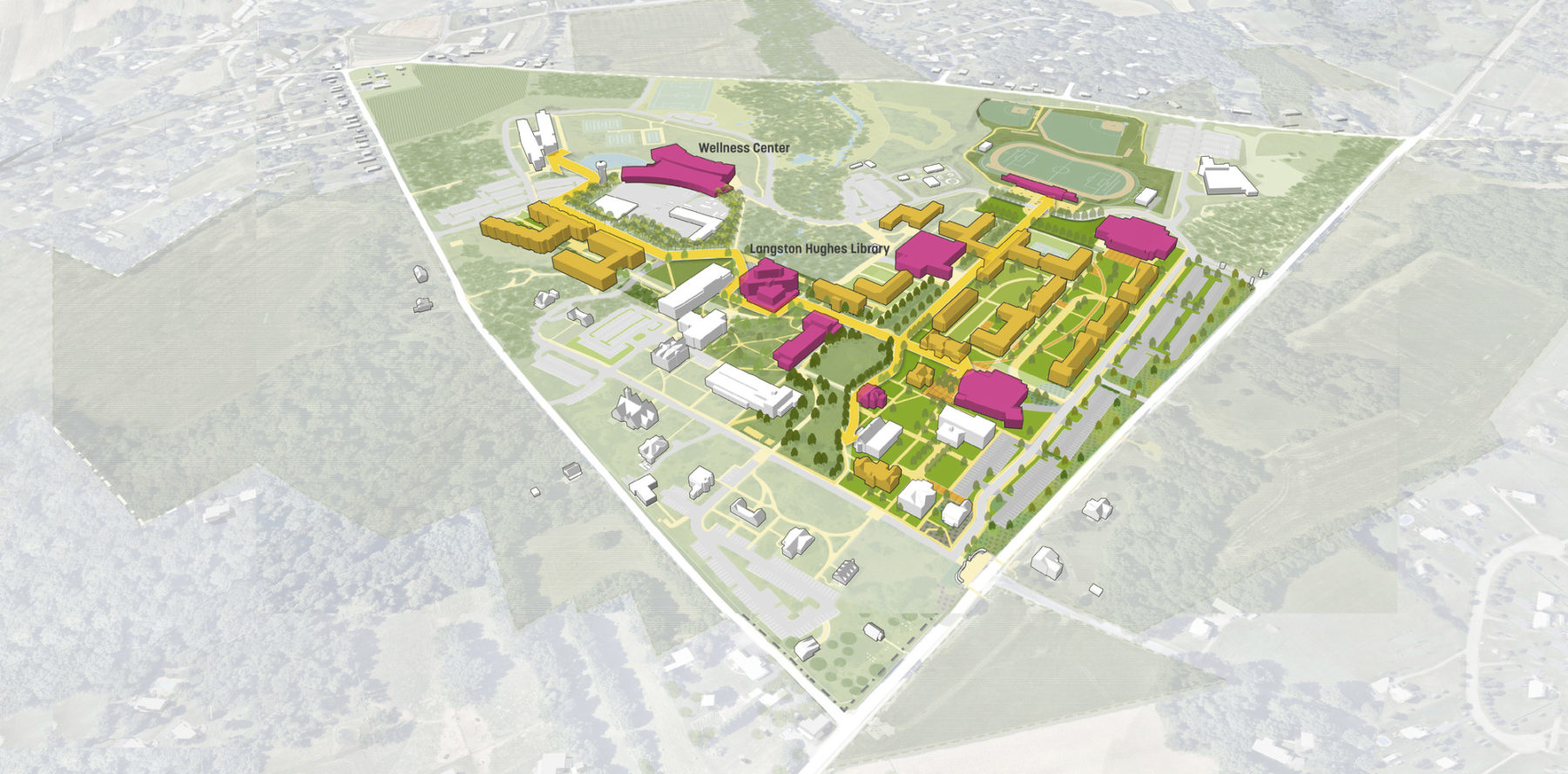
Foster a strong student life experience: Distributed social, collaboration and amenity spaces contribute to a vibrant student environment
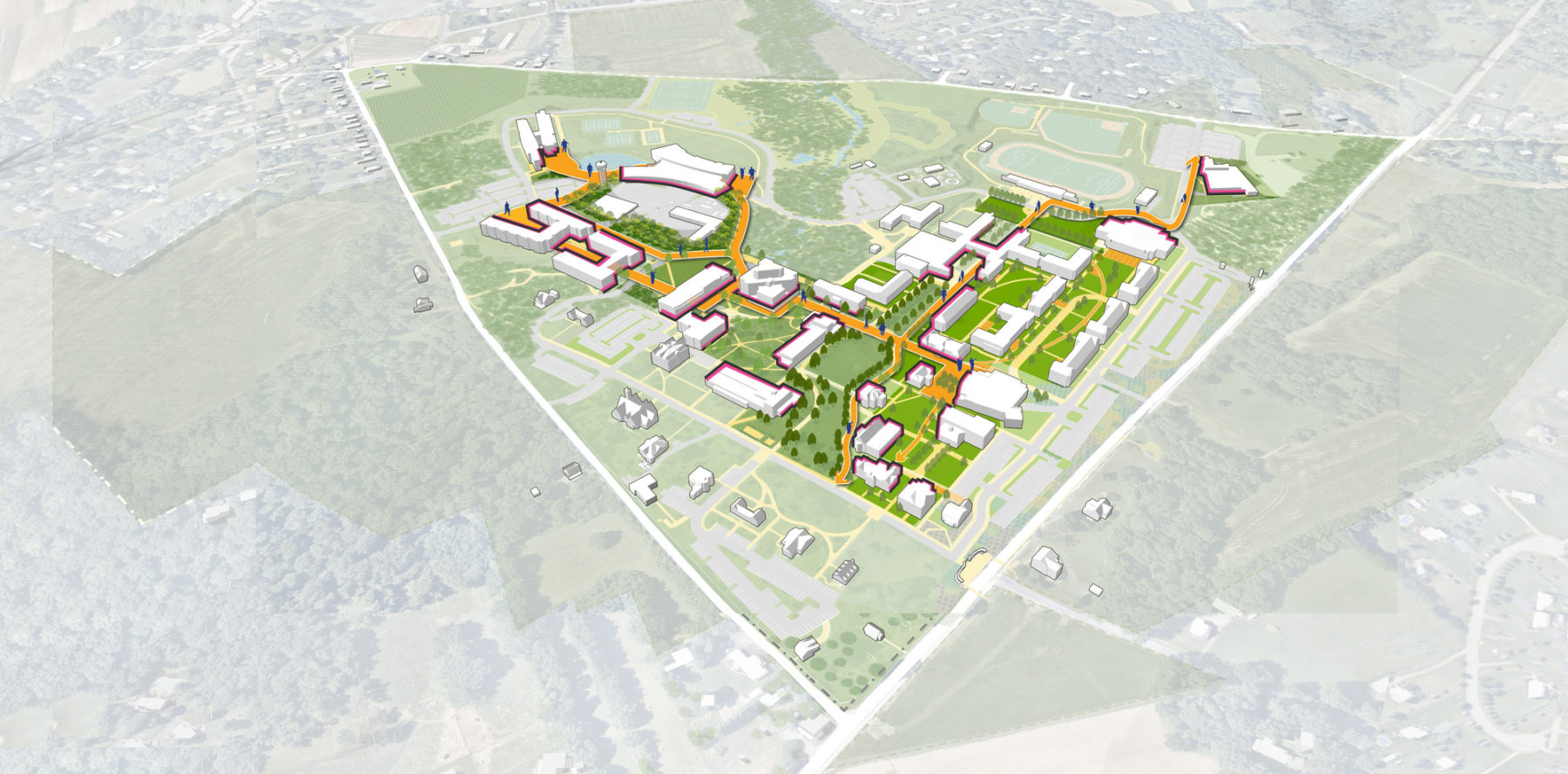
Strengthen pathways and landscapes: An accessible pathway network coordinated with campus landscape strategies links ground level social and collaboration spaces with the goal of fostering a vibrant campus environment
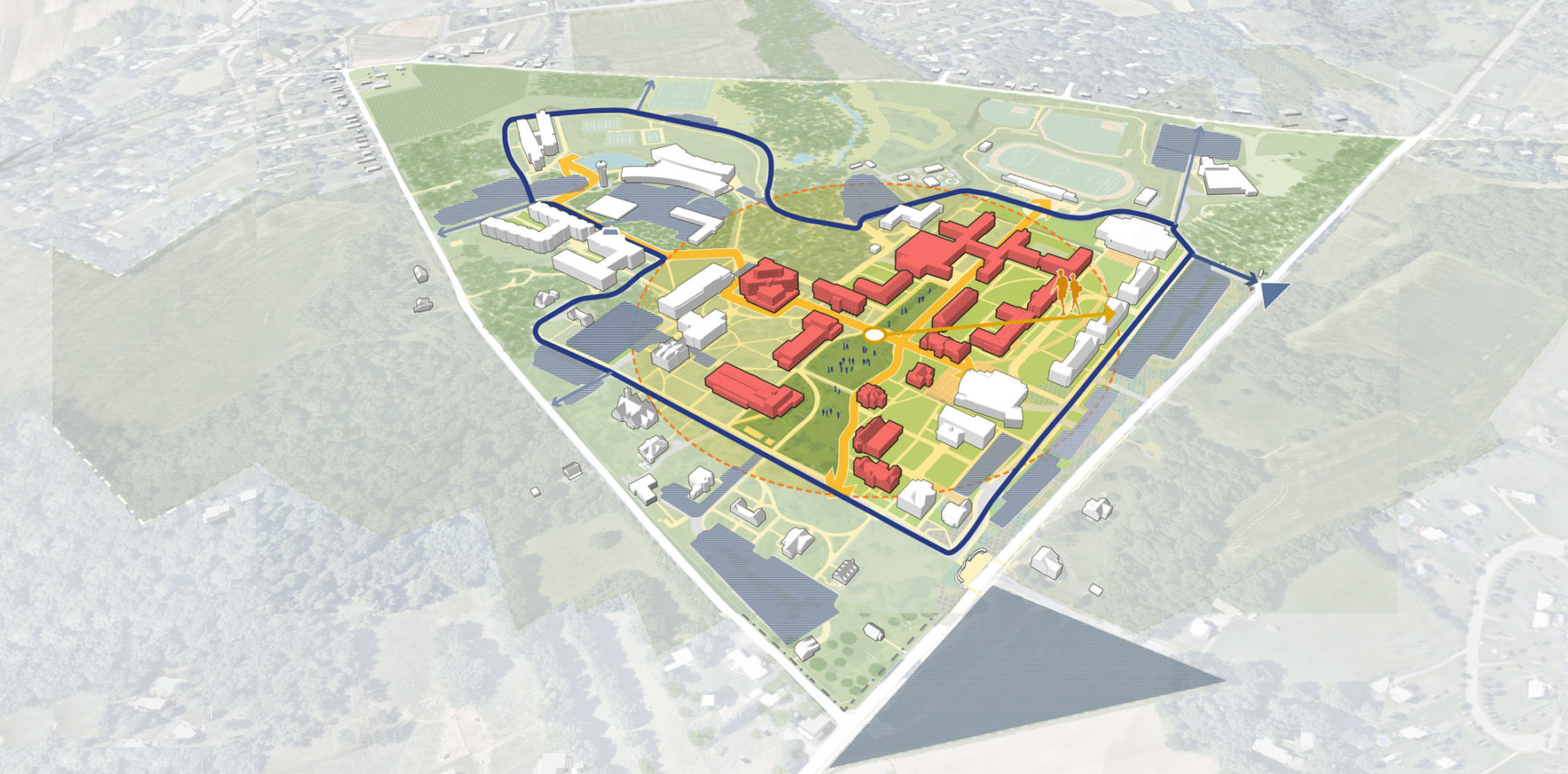
Provide a Pedestrian Friendly and Car Free Campus Core: A pedestrian-priority zone removes traffic and parking from the campus core, completes the campus loop road, and relocates parking to the periphery
Restore Lincoln’s history: Designation of a historic district coupled with renovation and programmatic recommendations ensures the future of the contributing historic buildings
Enhance academic quality: Investment in learning environments and technology supports student success and engagement goals
Foster a strong student life experience: Distributed social, collaboration and amenity spaces contribute to a vibrant student environment
Strengthen pathways and landscapes: An accessible pathway network coordinated with campus landscape strategies links ground level social and collaboration spaces with the goal of fostering a vibrant campus environment
Provide a Pedestrian Friendly and Car Free Campus Core: A pedestrian-priority zone removes traffic and parking from the campus core, completes the campus loop road, and relocates parking to the periphery
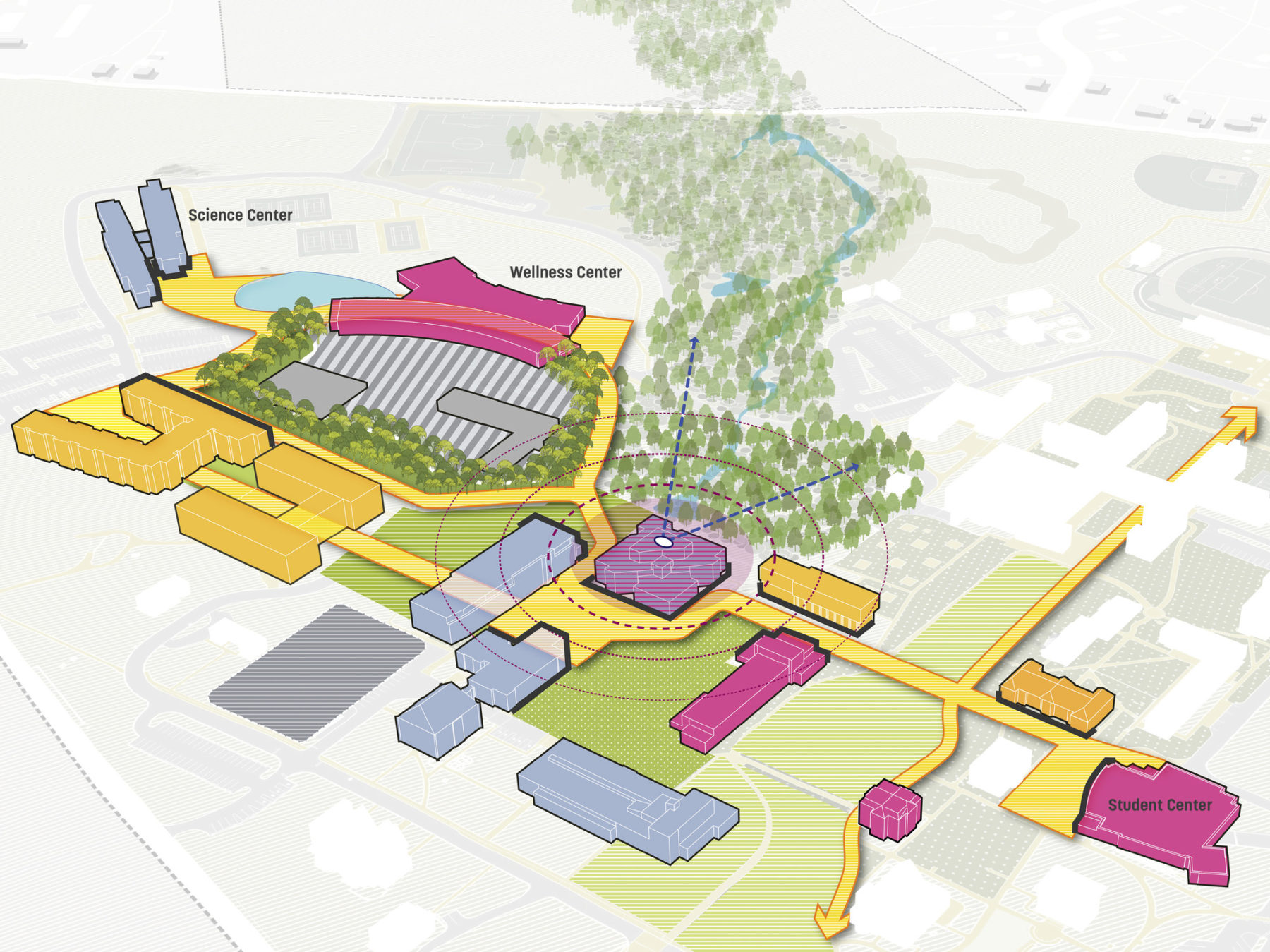
Pathway improvements extend outward from the Langston Hughes Library to connect with the Student Center, Wellness Center, and Science Center
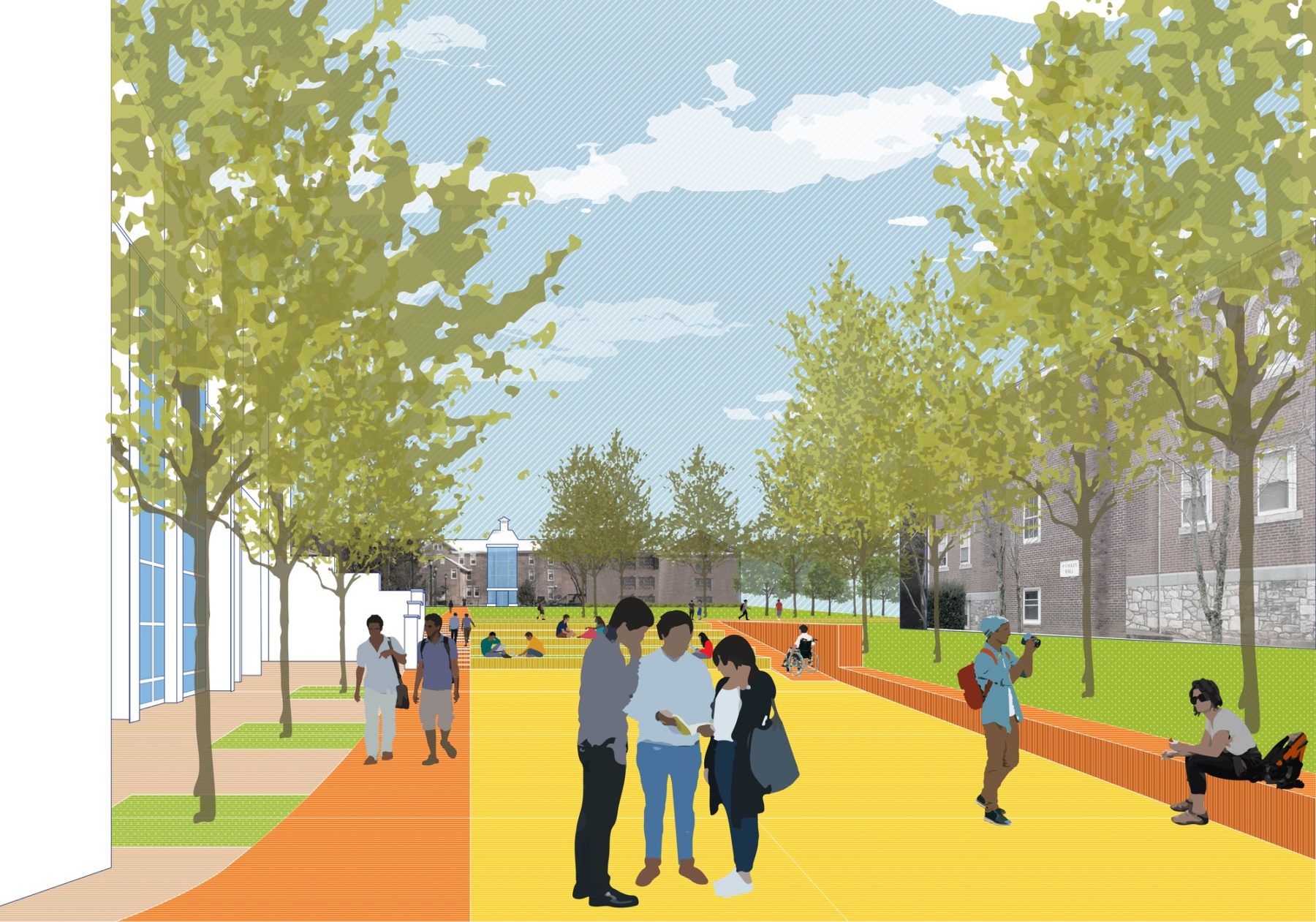
Student Union Plaza serves as an informal gathering area and provides accessible connections to the Historic District
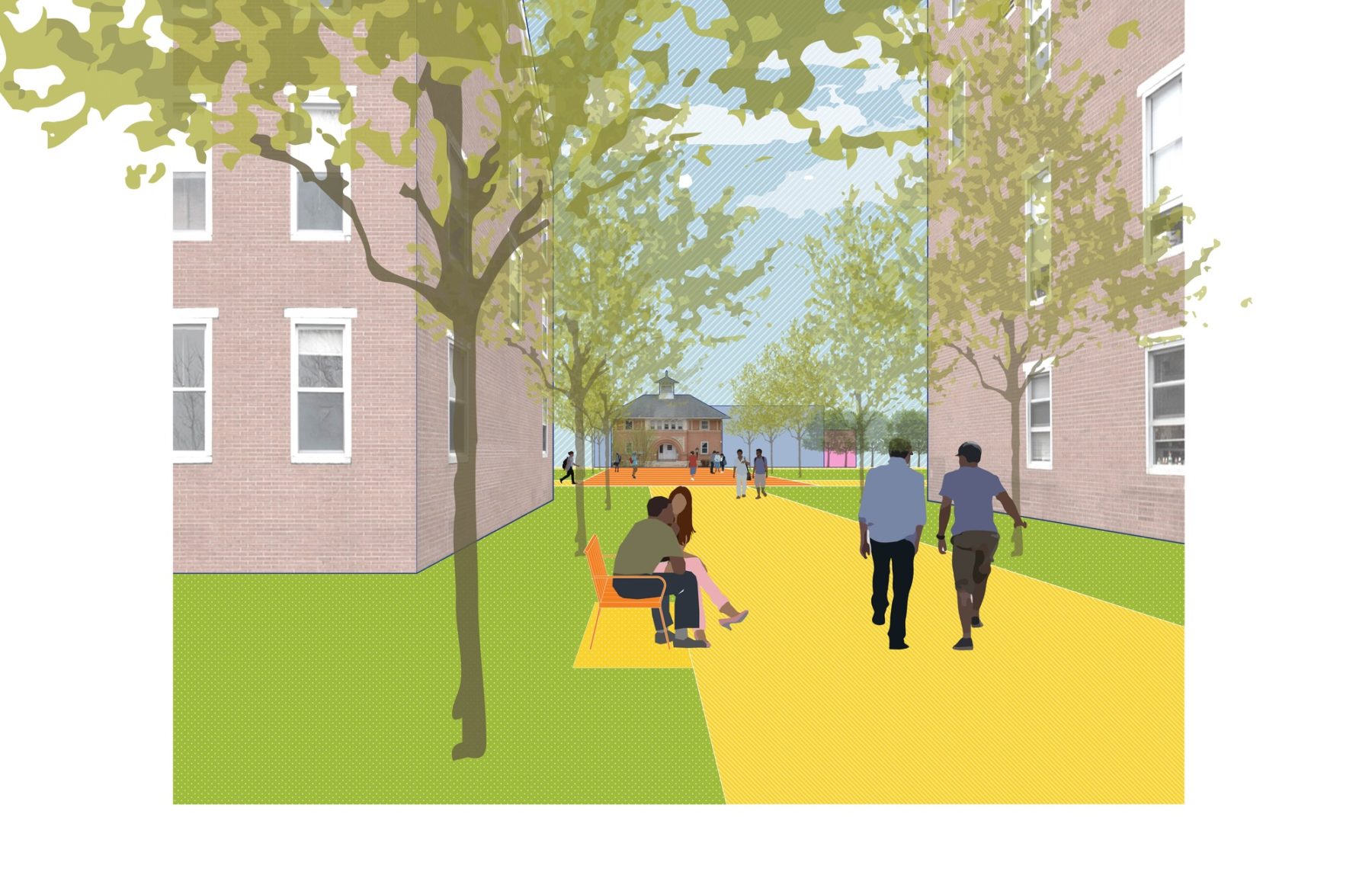
New pathways replace roads in the historic district and define view corridors to important historic buildings
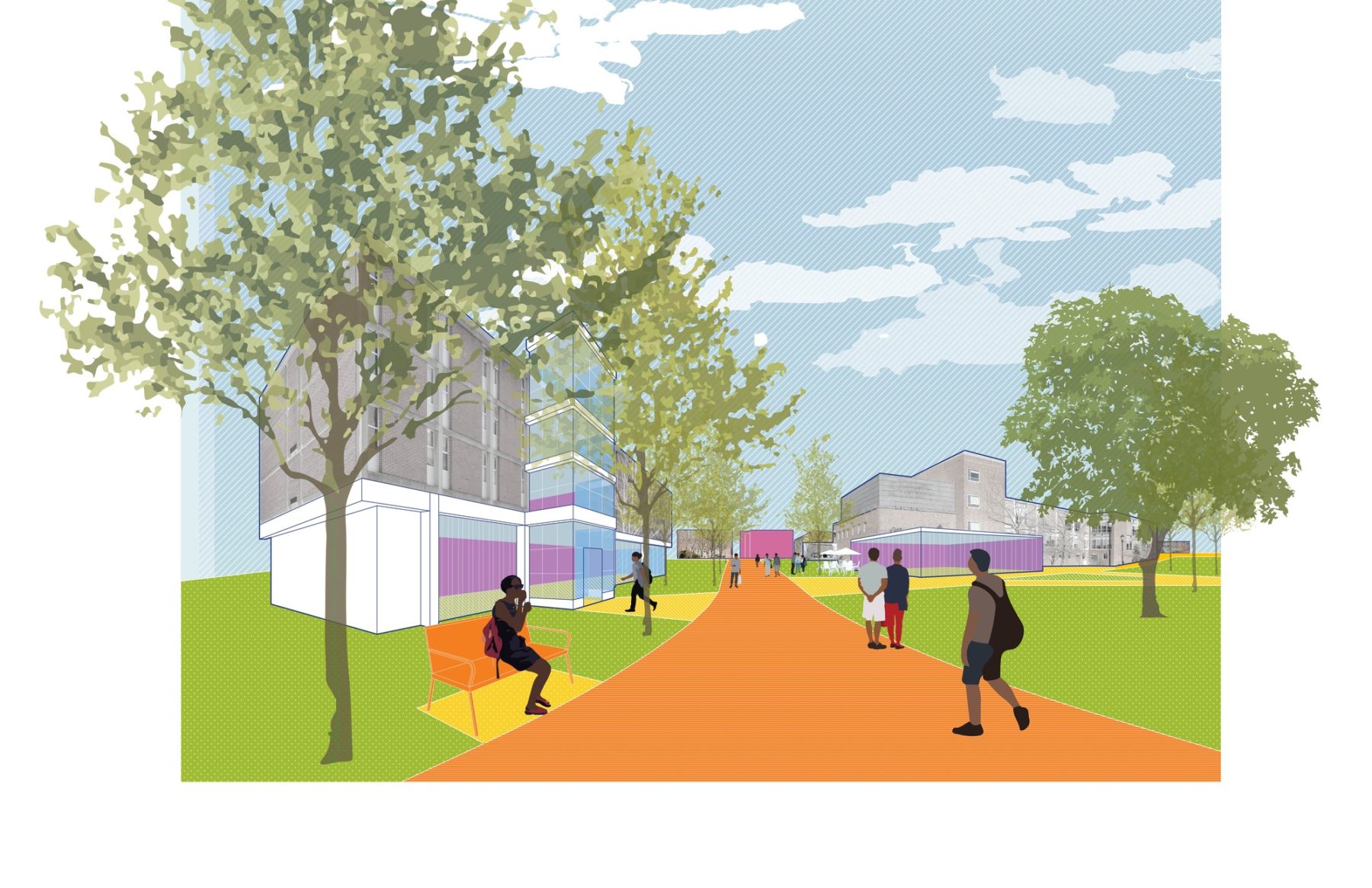
New entries along major pathways are coordinated with building additions to provide accessible access and elevators
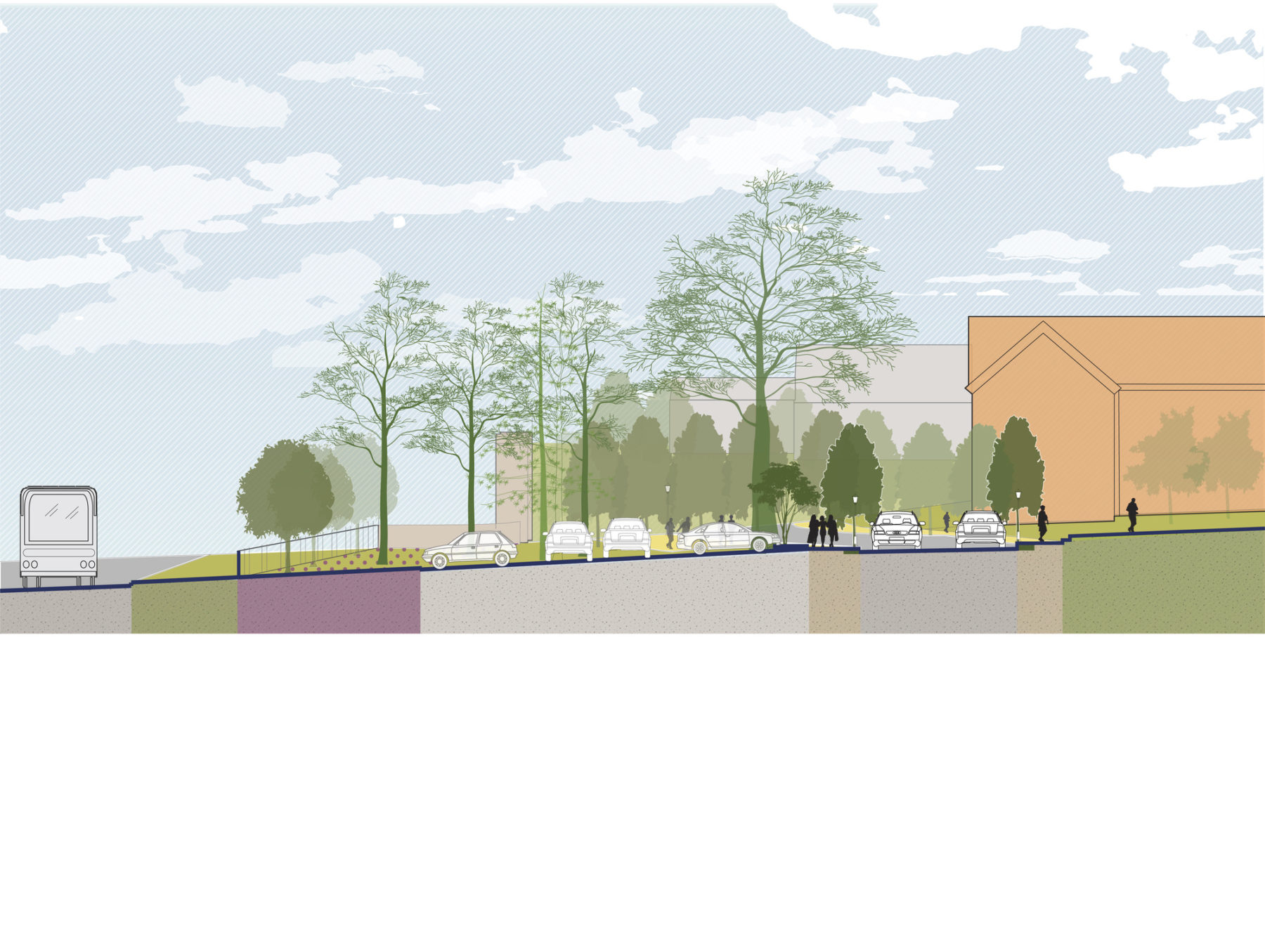
Parking is located on the campus periphery to remove traffic from the core and rationalize vehicular movement
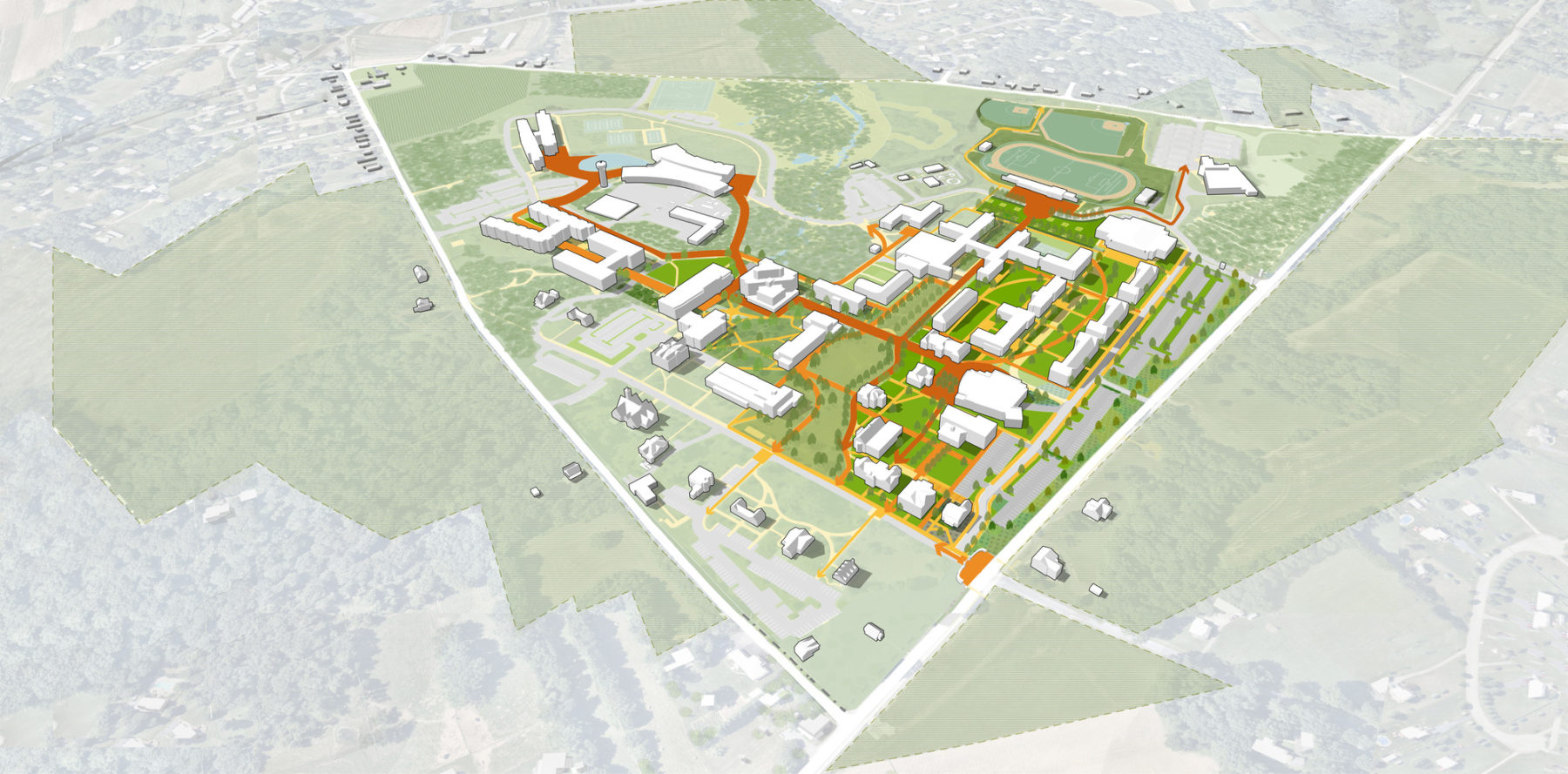
The pathway framework establishes a campus-wide network of accessible routes linking the historic core of the campus to outlying buildings, sports facilities and residential zones. Universal access is a long-term goal including strategies for the historic buildings of the campus.

The proposed infill in the campus core contributes to the historic quad and organizes new housing quads while respecting the character of the campus
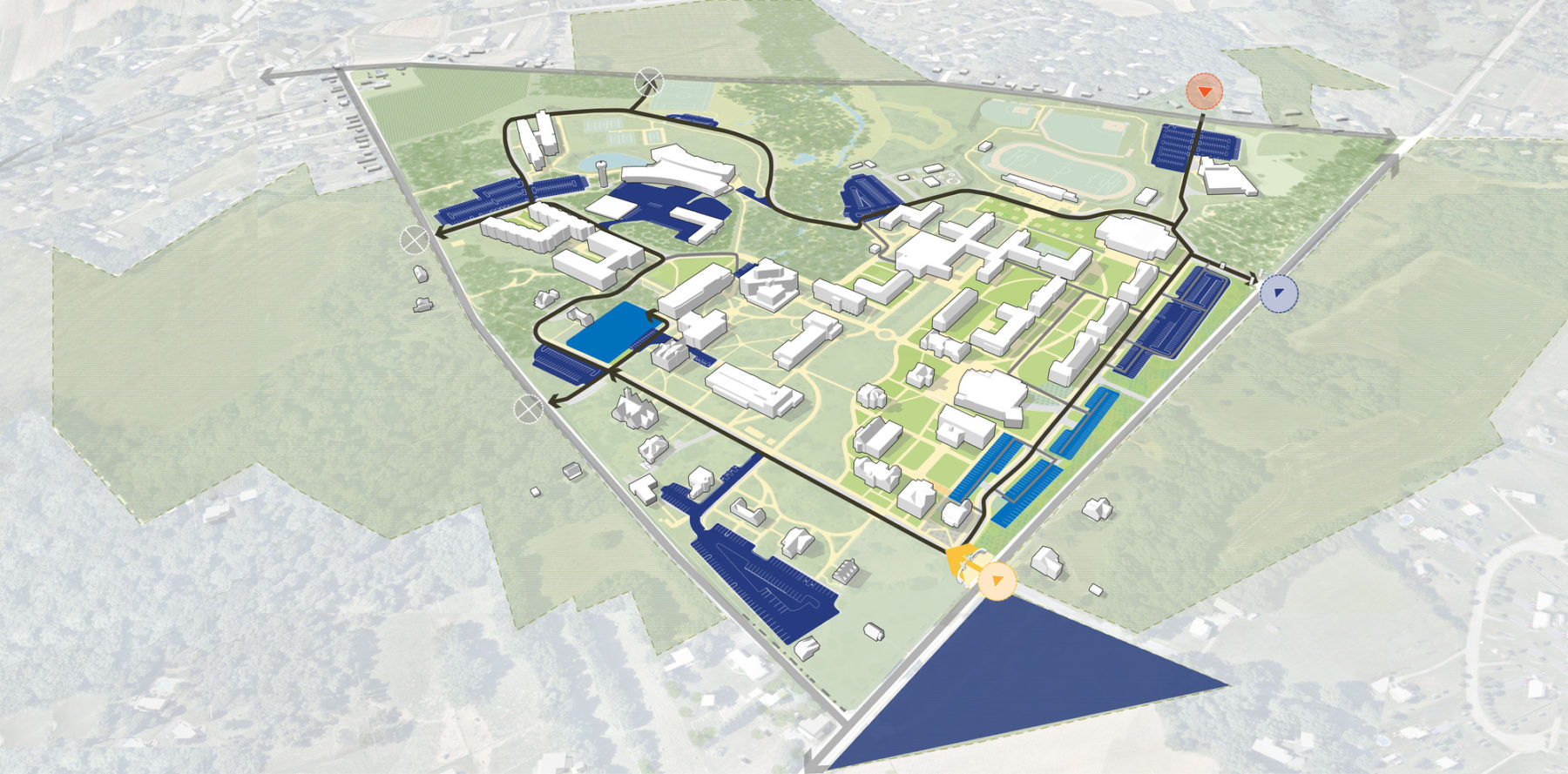
The Circulation and Parking Framework locates traffic and parking on the periphery of the campus to create an extensive vehicle free zone
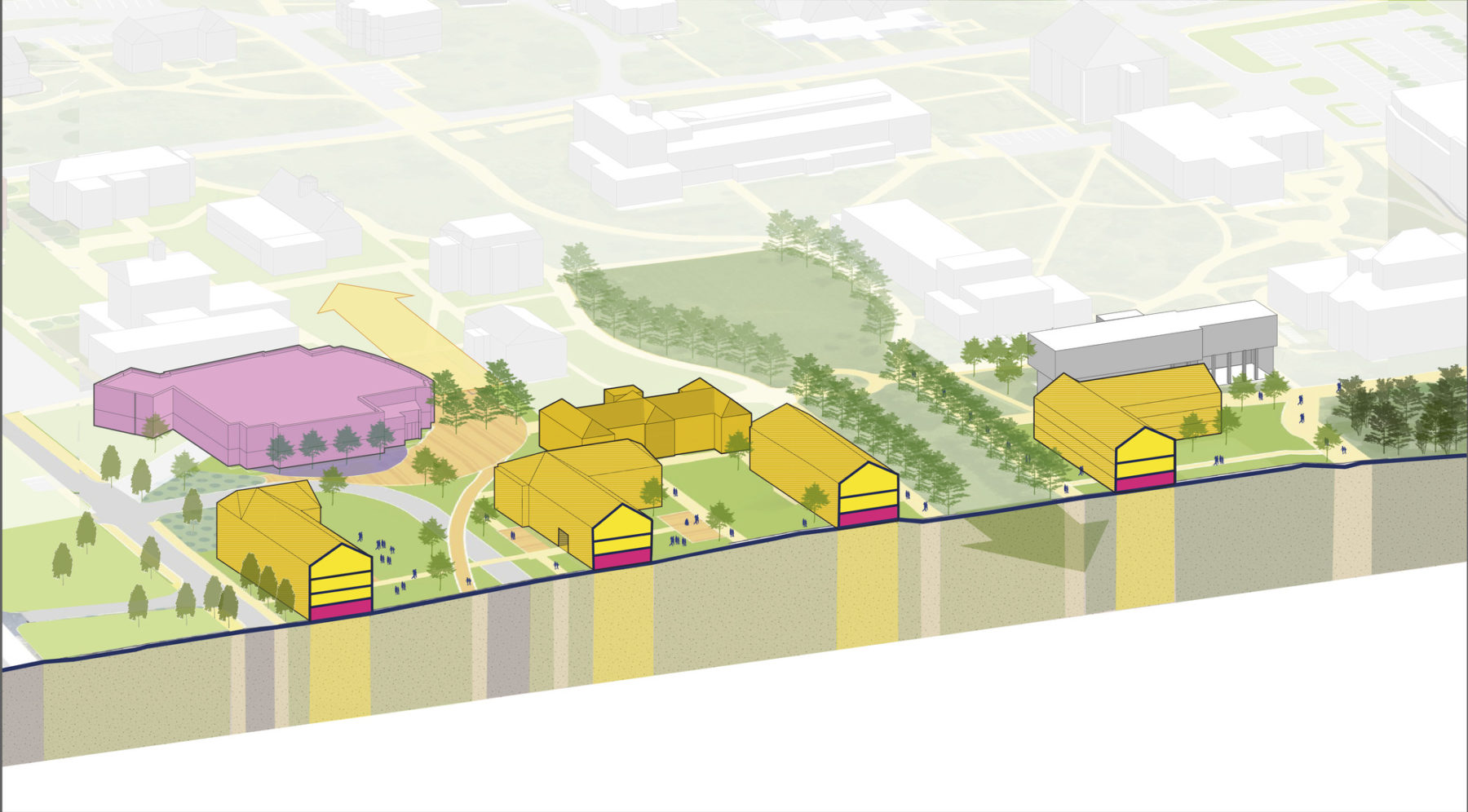
New housing is integrated with key historic buildings and student life facilities with the goal of enhancing the student experience
New pathways replace roads in the historic district and define view corridors to important historic buildings
New entries along major pathways are coordinated with building additions to provide accessible access and elevators
Parking is located on the campus periphery to remove traffic from the core and rationalize vehicular movement
The pathway framework establishes a campus-wide network of accessible routes linking the historic core of the campus to outlying buildings, sports facilities and residential zones. Universal access is a long-term goal including strategies for the historic buildings of the campus.
The proposed infill in the campus core contributes to the historic quad and organizes new housing quads while respecting the character of the campus
The Circulation and Parking Framework locates traffic and parking on the periphery of the campus to create an extensive vehicle free zone
New housing is integrated with key historic buildings and student life facilities with the goal of enhancing the student experience
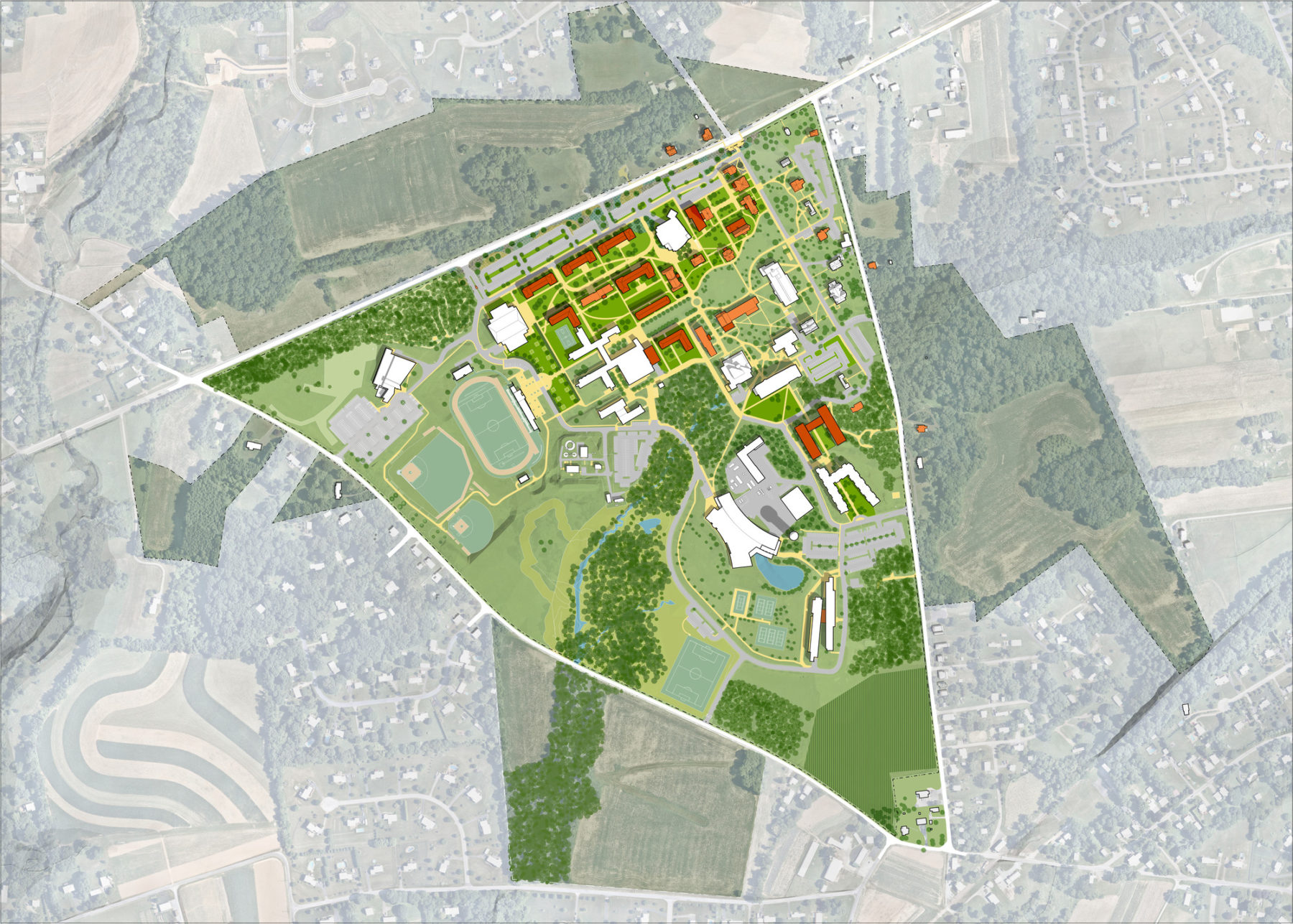
For more information contact Greg Havens.